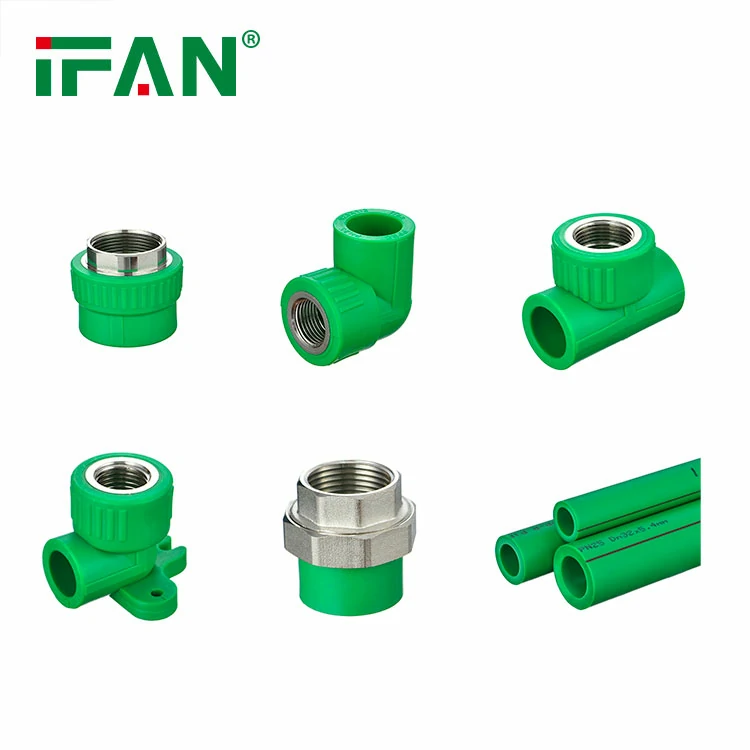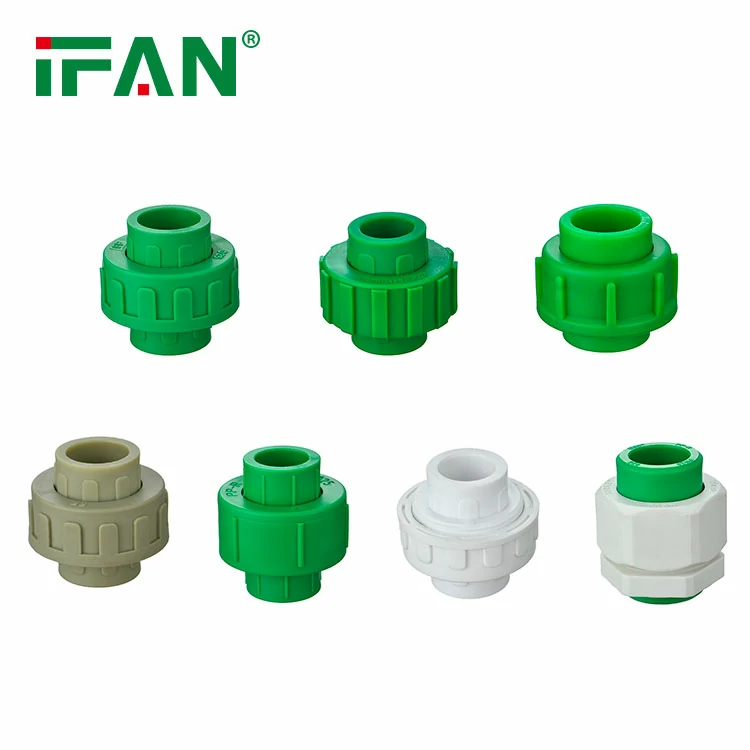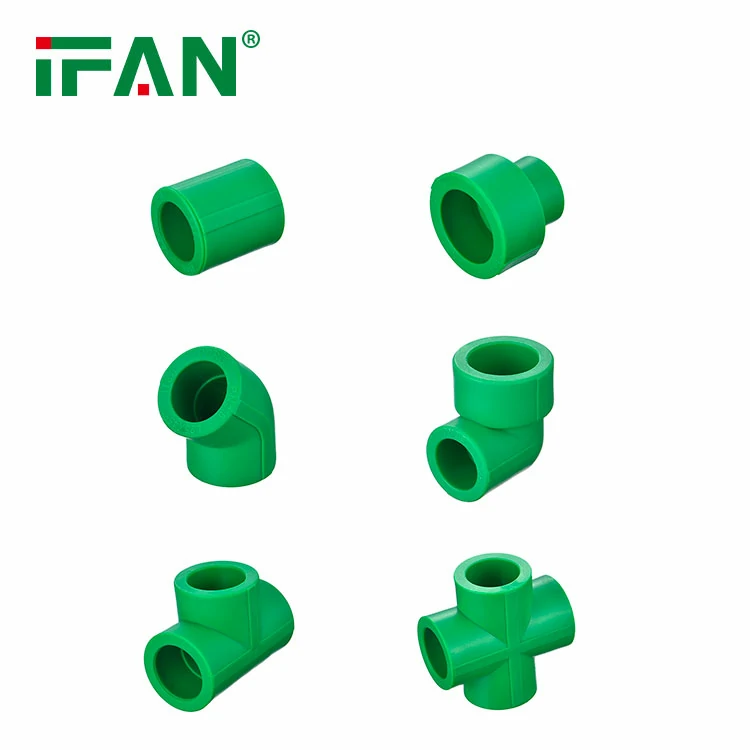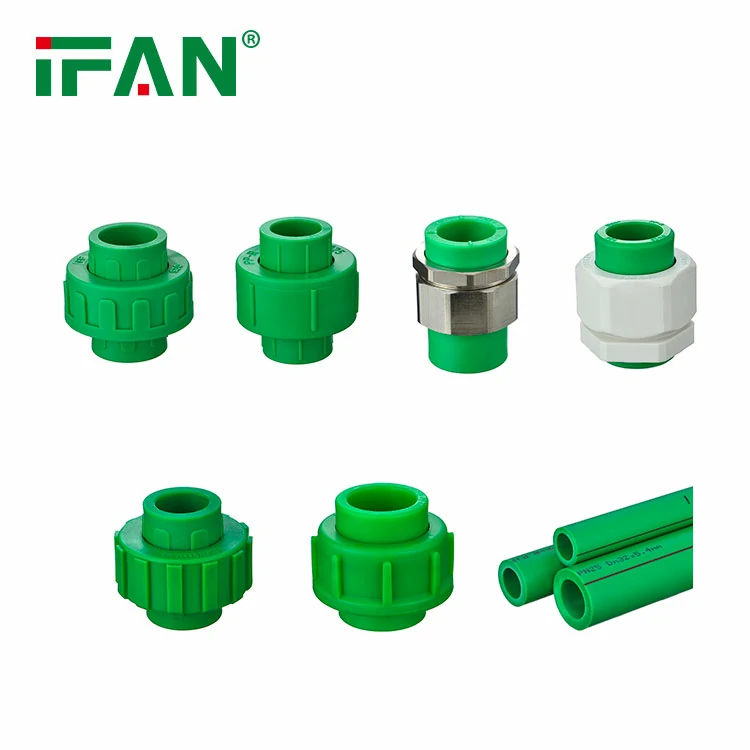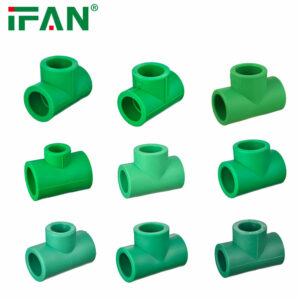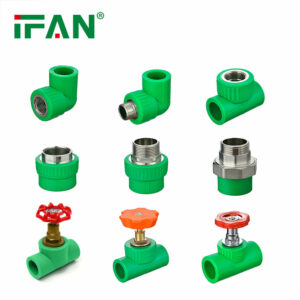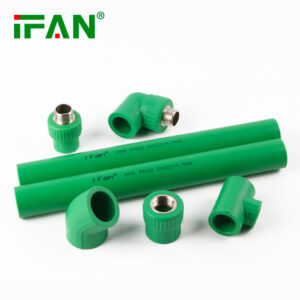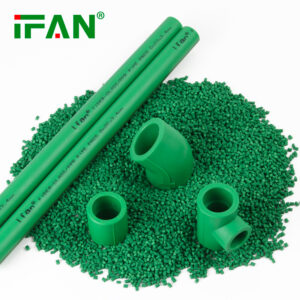Description
IFAN factory 30+ years manufacture experience support color /size customization support free sample.Welcome to consult for catalog and free samples.This is our Facebook Website:www.facebook.com,Click to watch IFAN’s product video.Compared with Tomex products, our IFAN products from quality to price are your best choice, welcome to buy!
In recent years, PPR fittings have gained significant popularity in the plumbing industry. These fittings, made from polypropylene random copolymer (PPR), offer an array of advantages that make them a preferred choice for modern plumbing systems. In this article, we will explore why PPR fittings are becoming increasingly popular, their benefits, installation process, and why they might be the future of plumbing.
What are PPR Fittings?
PPR fittings are plumbing components made from a type of plastic called polypropylene random copolymer (PPR). They are commonly used for connecting pipes in both residential and commercial plumbing systems. PPR fittings are known for their durability, resistance to high temperatures, and ease of installation. They are available in various shapes and sizes to suit different plumbing needs.
The Advantages of PPR Fittings
1. Durability and Longevity
One of the main reasons PPR fittings are becoming more popular is their remarkable durability. PPR is a highly resistant material, which means that it doesn’t degrade quickly over time, unlike other materials such as PVC or metal. PPR fittings can last for decades without needing to be replaced, making them an excellent long-term investment for plumbing systems.
2. Resistance to High Temperatures
PPR fittings are known for their ability to withstand high temperatures, which makes them ideal for hot water applications. They can handle temperatures up to 95°C (203°F) without losing their structural integrity. This property makes PPR fittings particularly suitable for use in both residential and commercial hot water systems.
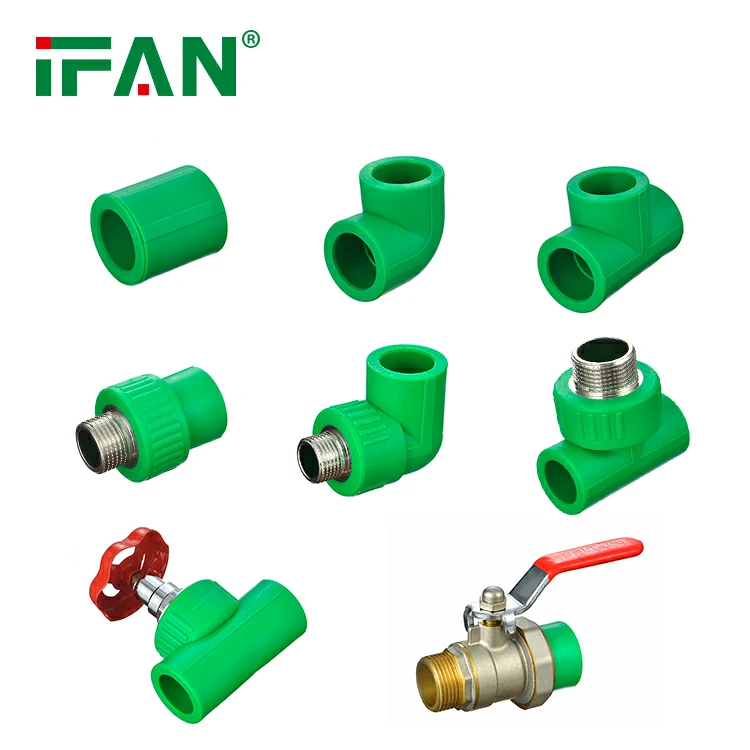
3. Corrosion Resistance
Unlike metal pipes, which are prone to corrosion over time, PPR fittings are highly resistant to corrosion. This means that PPR fittings do not rust or degrade in the presence of water, making them ideal for environments with high humidity or varying water conditions.
4. Non-Toxic and Environmentally Friendly
PPR fittings are made from non-toxic materials, which makes them safe for use in drinking water systems. Additionally, they are environmentally friendly because they can be recycled. This is a major advantage for eco-conscious consumers who want to reduce their environmental footprint.
5. Ease of Installation
PPR fittings are relatively easy to install compared to traditional metal pipes. The installation process typically involves heat fusion, where the pipes and fittings are heated and then fused together to create a strong, leak-proof connection. This method eliminates the need for adhesives or sealants, which can often weaken over time.
6. Cost-Effectiveness
Although the initial cost of PPR fittings might be slightly higher than some alternatives, their long lifespan and low maintenance costs make them a cost-effective solution in the long run. Fewer replacements and repairs mean that homeowners and businesses can save money over time.
How PPR Fittings Are Revolutionizing Plumbing
PPR fittings are helping to revolutionize plumbing systems due to their unique combination of durability, safety, and cost-effectiveness. Traditional plumbing materials, such as copper and steel, are being phased out in favor of plastic piping systems that offer better performance at a lower cost. As people become more aware of the advantages of PPR fittings, their adoption in both residential and commercial projects is expected to rise.
Applications of PPR Fittings
PPR fittings are used in a wide variety of plumbing applications, including:
– Hot and cold water systems
– Heating systems
– Irrigation systems
– Industrial and commercial plumbing
Their versatility makes them suitable for both small-scale home installations and large-scale industrial projects. Additionally, PPR fittings can be used for both pressurized and non-pressurized systems, further broadening their applications.
Installation Process of PPR Fittings
Installing PPR fittings is a straightforward process that can be completed by a professional plumber or even by DIY enthusiasts with the proper tools. The process typically involves the following steps:
1. Cutting the Pipes: PPR pipes are cut to the required length using a pipe cutter or saw.
2. Heating the Pipe and Fitting: The ends of the pipe and fitting are heated with a special fusion tool until they become soft and malleable.
3. Joining the Pipe and Fitting: Once heated, the pipe and fitting are pressed together to create a strong, permanent bond.
4. Cooling and Testing: After the connection has cooled, the system is tested for leaks to ensure the joint is secure.
This process results in a strong, leak-proof connection that can withstand high pressures and temperatures.
Why PPR Fittings Are Gaining Popularity
The growing popularity of PPR fittings can be attributed to several factors. First and foremost, they offer a cost-effective and reliable solution for plumbing systems. With their long lifespan, resistance to corrosion, and ability to withstand high temperatures, PPR fittings provide excellent value for money.
Additionally, as more people become environmentally conscious, the eco-friendly nature of PPR fittings makes them an attractive choice. The fact that they are non-toxic and recyclable further adds to their appeal. Finally, the ease of installation and low maintenance requirements make PPR fittings a popular choice among homeowners and plumbers alike.
The Future of PPR Fittings
The future of plumbing is undoubtedly shifting towards the use of PPR fittings. As the technology behind these fittings continues to improve, we can expect to see even more innovative applications for them in the years to come. With the increasing demand for energy-efficient, sustainable, and cost-effective solutions, PPR fittings are poised to play a major role in shaping the future of the plumbing industry.
Conclusion
PPR fittings offer a wide range of benefits, making them an ideal choice for both residential and commercial plumbing systems. Their durability, resistance to high temperatures, corrosion resistance, and ease of installation are just a few reasons why they are becoming the go-to solution for modern plumbing needs. As the demand for eco-friendly and cost-effective plumbing solutions grows, PPR fittings are set to play a pivotal role in the future of the plumbing industry.
Frequently Asked Questions (FAQ)
1. What are PPR fittings made of?
PPR fittings are made from polypropylene random copolymer (PPR), a type of plastic known for its durability and resistance to high temperatures.
2. Can PPR fittings be used for hot water systems?
Yes, PPR fittings are highly resistant to high temperatures and are commonly used in hot water systems.
3. How long do PPR fittings last?
PPR fittings have a long lifespan, typically lasting for 50 years or more if properly maintained.
4. Are PPR fittings eco-friendly?
Yes, PPR fittings are made from non-toxic materials and can be recycled, making them an environmentally friendly choice.
5. Is the installation of PPR fittings difficult?
No, the installation of PPR fittings is relatively easy and involves heat fusion, which creates strong, leak-proof connections. It can be done by a professional plumber or DIY enthusiast.
Related products
-
PPR Fittings
PPR Material Fittings
-
PPR Fittings
IFAN PPR Fittings
-
PPR Fittings
What is the PPR Fittings


